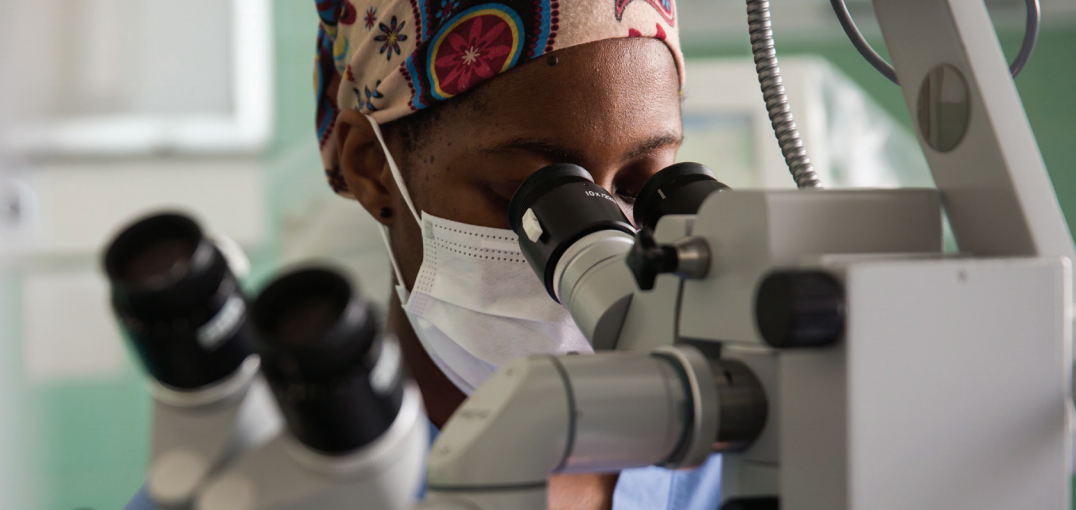
Migraine, Non-Hodgkin Lymphoma & Rare Diseases Thereaputic Market Analyses
While COVID-19 has captured the attention of the world, it hasn’t closed down exploration and development of new drugs and new therapies. In many sectors of the healthcare and biopharma universe, innovative thinking and new clinical approaches by entrepreneurial companies are competing to bring exciting and effective new products to market.
LiveWorld studied several of these evolving markets with an eye to understanding their clinical and commercial dynamics. We focused our research on conditions affecting significant patient populations where leading and insurgent companies are actively competing against time and each other. Our intent is to study the process and the players with an eye to understanding the science, the positioning, and the marketing strategies for emerging therapies. Rather than handicap the race for development and innovation, we have produced several topline reports that can be seen as Baedekers to discrete market segments.
Migraines affect 39 million Americans and have drawn considerable resources developing both prevention and pain relief medications. New formulations and new delivery methods compete with longstanding generics, a well-established standard of care, and a wait-and-see posture by HCPs.
Access the full Migraine Therapeutics Market Analysis.
Non-Hodgkin Lymphoma, with 30 different subtypes, is one of the most common cancers in the world. The market is driven by an aging population, increased disease awareness, and scientific and technical advances. Some of the biggest pharmaceutical and biopharma firms are dedicating significant resources to meet the demand to create novel treatments and/or to extend existing treatments on the way toward delaying disease progression or toward ultimately finding a cure.
Download the full Non-Hodgkin Lymphoma Market Analysis.
Rare Diseases, often starved for investment and innovation, affect small populations. But the collective impact affects as many as 350 million people globally. Each of the 6000 diseases labeled “rare” is a conundrum with an extended patient journey plus an attentive patient and HCP audience eagerly hoping for advances in treatment. In many cases the promise of precision medicine, influenced by advances in immunology, are driving companies of all sizes to invest time and resources.
Get the full Rare Diseases Therapeutics Market Analysis.
 Liveworld
Liveworld